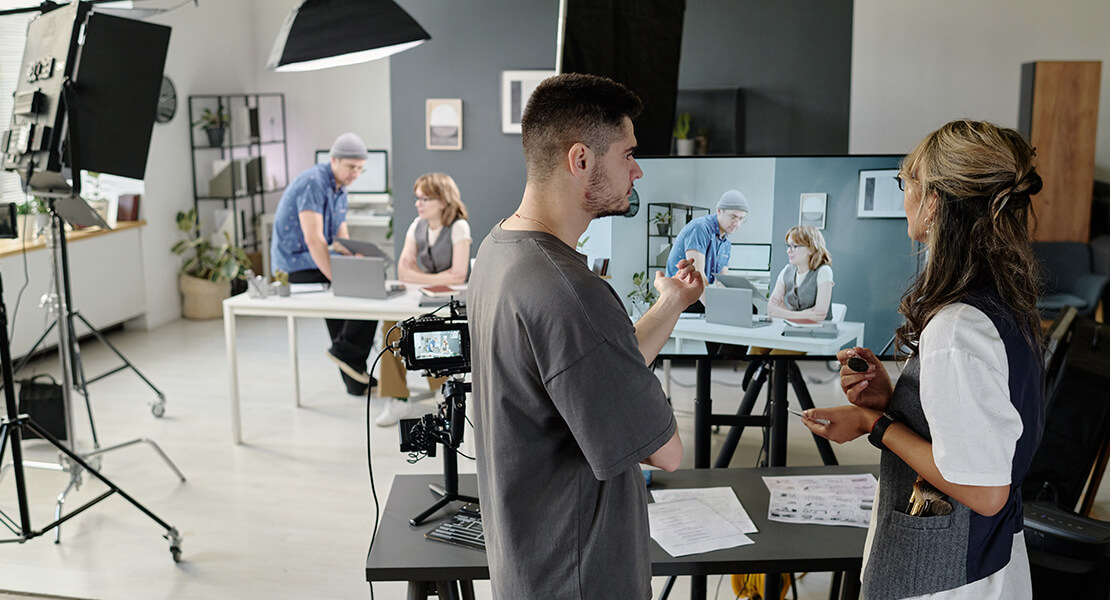
Whether you’re planning your first video or looking to sharpen your production game, chances are you’ve got a few burning questions. And you’re not alone—video production can seem like a bit of a minefield at first. So in this article, I’ll walk you through the 20 most common FAQs, with clear, no-nonsense answers to help you feel more confident about the process.
1. What is the typical video production process?
The video production process is generally broken down into three stages: pre-production, production, and post-production. Pre-production is all about the planning—scripting, storyboarding, casting, scheduling, and location scouting. Think of it as laying the foundation for everything to follow. If this part is rushed or skipped, it tends to show in the final product.
Production is the filming stage, where cameras roll, lights are set up, and the footage is captured. This is usually the most visible part of the process, but oddly enough, it’s often the shortest. When well-planned, a shoot can be efficient and focused. A good crew will make sure each shot meets the director’s vision while staying on schedule.
Post-production is where the magic really happens. This is when everything gets stitched together—editing, colour correction, sound design, motion graphics, and more. It’s also when changes and revisions happen based on feedback. The better the footage and the clearer the vision, the smoother post-production tends to be.
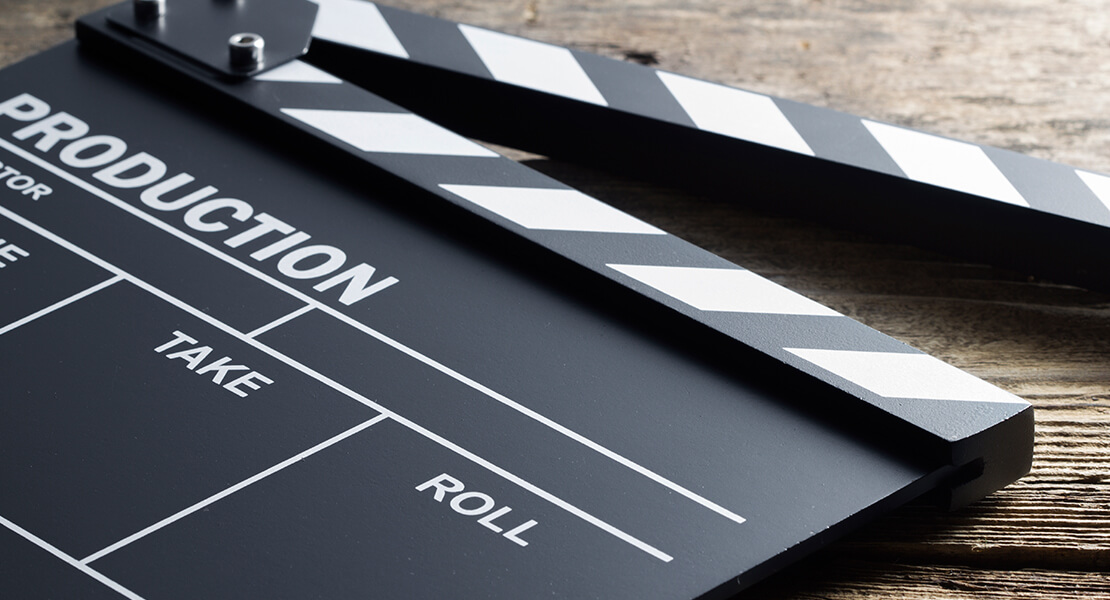
2. How long does it take to produce a video?
The time it takes can vary wildly depending on the type of video. A short explainer video might take a couple of weeks, whereas a branded documentary or ad campaign could stretch over several months. The planning phase alone can take days or weeks, especially if it involves multiple stakeholders.
What really drives the timeline is the level of complexity involved. Animated videos, for instance, tend to take longer due to the frame-by-frame design work. Live-action shoots can be quicker to film but may involve more logistics like casting, locations, and set design. Also, rounds of revisions in post-production can extend the timeline, especially if the feedback loop is slow.
It’s a good idea to discuss timelines early with your production team. Being clear about deadlines helps manage expectations on both sides. Also, padding the schedule a little to account for unexpected delays—like bad weather or last-minute changes—is just good sense.
3. How much does video production cost?
Video production costs can range from a few hundred pounds to tens of thousands. It really depends on the scope. Are you making a short social media clip or a high-end commercial? Things like crew size, equipment, animation, voiceover, and number of filming days all have an impact on the budget.
One of the biggest misconceptions is that more expensive always means better. While it’s true that bigger budgets often allow for higher production values, smart planning and creativity can make a lower-budget video just as effective. What matters most is how well the video connects with your audience and meets your goals.
To get a proper quote, you’ll need to share details like the intended length, style, and platform. A good production company will break down the costs for you, so you know exactly what you’re paying for—and where you might be able to cut costs without compromising on quality.
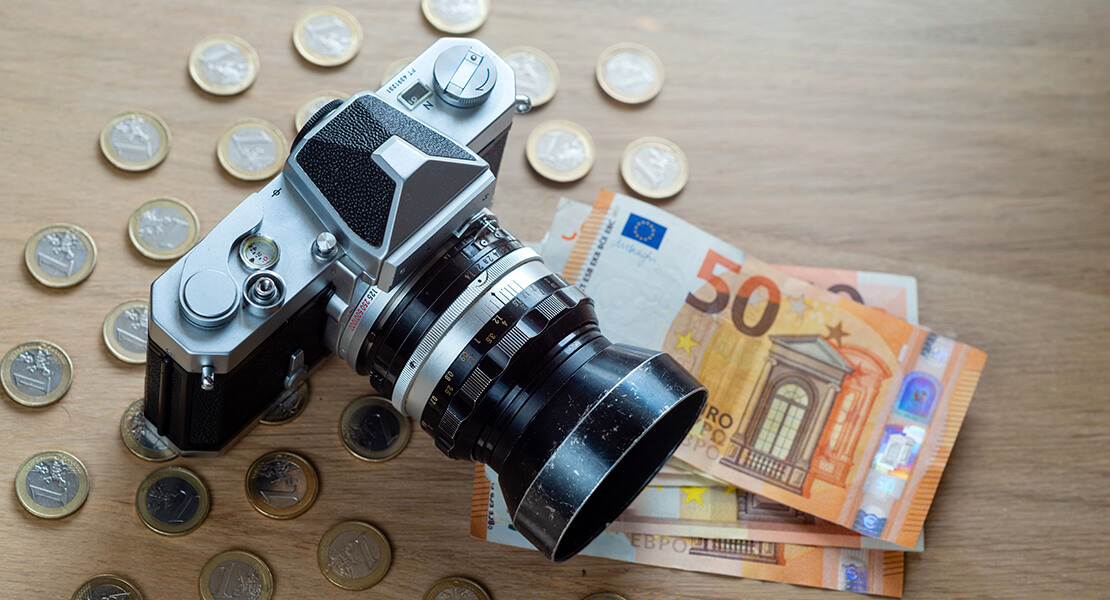
4. Do I need a script before I approach a video production company?
Not necessarily. Some clients come with a fully written script, while others have just a rough idea or a few bullet points. A good video production company can help you shape your idea into a workable script. They’ll understand how to structure a story visually and know how long things actually take to say on screen.
That said, having at least a basic outline or objective in mind will make the conversation much easier. If you know your key message, your target audience, and the tone you’re going for, the team can help you bring that to life. It’s a collaborative process, and good scripting takes a mix of creativity and strategy.
Don’t be afraid to ask for help with scripting—it’s not just about writing; it’s about crafting a message that fits the visual medium. A strong script is the backbone of a great video, and getting it right early on saves time and hassle later.

5. What’s the difference between a promotional video and a corporate video?
A promotional video is generally focused on selling a specific product, service, or event. It’s more marketing-driven and is usually short, punchy, and emotionally engaging. Think of the kind of video you’d see in an online advert or on a landing page—it’s all about getting people excited and encouraging action.
On the other hand, a corporate video is broader in scope. It might be about company culture, training, internal communications, or recruitment. These videos tend to focus on informing rather than selling. They’re usually aimed at employees, stakeholders, or potential partners rather than customers.
Both types have their place in a business’s communication toolkit. It really comes down to the goal of the video. If you’re not sure which one you need, chat with your production team about your objectives—they can guide you to the right format.
6. What’s the ideal length for a video?
There’s no one-size-fits-all answer, but shorter is usually better—especially for online audiences. For social media, you’re typically looking at 30 to 90 seconds. Explainer videos or testimonials might run for two to three minutes. Anything beyond that, and you’re risking drop-off unless your content is highly engaging or informative.
That said, context is everything. A training video or a company overview on your website can be a bit longer because people watching those are already more invested. But if you’re after visibility or engagement on platforms like Instagram or TikTok, you’ll want to hook your viewer within the first few seconds and get your message across quickly.
The key is to make every second count. Don’t include anything that doesn’t serve your main message. And always consider your platform—what works on YouTube doesn’t always translate well on LinkedIn or Facebook.
7. Do I need professional actors, or can we use our own staff?
Both options can work, and it really depends on the tone you want to strike. If you’re aiming for a polished, cinematic feel, then actors can bring that extra confidence and screen presence. They’re trained to deliver lines naturally, follow direction efficiently, and handle the pressure of being on camera.
But using your own staff can add authenticity and relatability—especially for internal videos or behind-the-scenes content. Viewers often respond well to seeing real people from the company, as it builds trust and a sense of transparency. Just make sure the staff are comfortable and prepared for the shoot.
If you’re unsure, you could mix both. Have actors for the more scripted parts, and staff members sharing testimonials or insights. Either way, whoever’s on camera should be briefed properly and feel supported throughout the process.
8. What equipment is typically used in a professional shoot?
Professional video production crews usually bring a lot more than just a camera. You’ll likely see high-end cinema cameras, tripods, sliders, gimbals, and drones—depending on the scope of the shoot. Lighting kits are crucial too, as good lighting can transform even a basic setting into something cinematic.
Sound is just as important as visuals. You might not notice great audio, but you’ll definitely notice bad audio. Boom mics, lapel mics, and portable recorders are all commonly used to capture clean, crisp sound. In fact, many crews bring separate audio specialists just to ensure everything is spot on.
Editing equipment also plays a role. Even if it’s not visible on shoot day, knowing your footage will be handled with professional editing software like Adobe Premiere Pro or DaVinci Resolve means you’ll get high-quality post-production. All these tools come together to give your video that polished, professional feel.
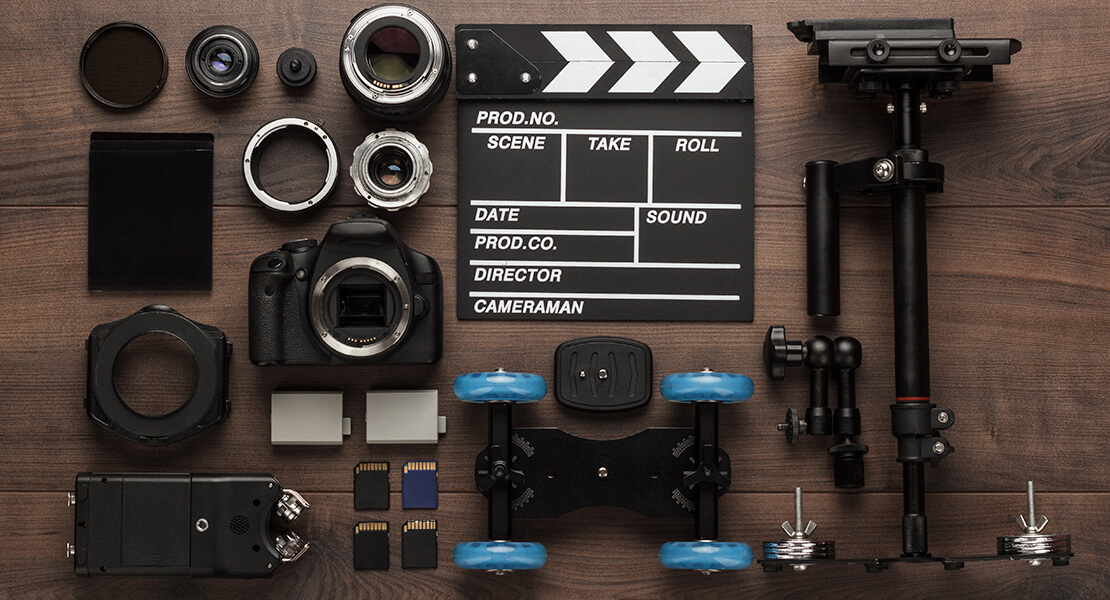
9. Can I be involved in the creative process?
Absolutely—and you should be. The best video projects are collaborative, where both the client and the production team bring ideas to the table. Your insights about your brand, audience, and goals are invaluable. The production team brings technical and storytelling expertise to shape those insights into a compelling visual story.
During pre-production, you’ll typically have input on the script, style, music, and more. You’ll also get to review things like moodboards, storyboards, or casting options. The clearer your feedback at this stage, the smoother everything will go further down the line.
Just remember: you don’t have to know everything. It’s perfectly okay to say, “I’m not sure, what do you recommend?” A good production team will guide you through the process and make sure your vision is realised in the best possible way.
10. How do revisions work during post-production?
Most production companies will include a set number of revision rounds in their package—usually two or three. After the first edit is delivered, you’ll have the chance to review it and suggest changes. These could be anything from tweaking the pacing to swapping out shots or adjusting the music.
The key here is to gather consolidated feedback. If multiple people are involved in reviewing, try to collect all the changes in one go rather than sending scattered notes. This helps avoid confusion and keeps the process efficient. It also reduces the chance of extra costs from going beyond the agreed number of revisions.
Keep in mind that some changes are quick—like trimming a shot or changing text. Others, like reshooting a scene or altering animations, are more involved. So the earlier you provide clear direction, the better the outcome for everyone.
11. Should I use background music in my video?
Yes, in most cases. Music helps set the tone, support the pacing, and emotionally engage your audience. A well-chosen track can make your message feel more powerful, uplifting, or dramatic—whatever vibe you’re going for. Without it, even a visually impressive video can feel flat.
That said, not all music is created equal. You can’t just grab your favourite song and drop it in—you’ll need proper licensing. Fortunately, there are plenty of royalty-free music libraries with excellent tracks in every genre. Your production team will usually handle sourcing and licensing for you.
Also, don’t be afraid to go silent where appropriate. Strategic pauses or quiet moments can help important points stand out. The goal isn’t to fill every second with sound, but to use music as a storytelling tool—just like visuals and voiceover.
12. What are motion graphics, and should I use them?
Motion graphics are animated visual elements like icons, charts, titles, or transitions. They can help explain complex ideas clearly and keep the viewer engaged—especially in explainer or educational videos. Think of those slick infographics that move, pop, and bring statistics to life.
Whether or not you use motion graphics depends on the video’s purpose. If you’re making a training video, sales pitch, or corporate overview, they can add a professional polish and make information more digestible. But they’re not always needed in a short, emotional promo or cinematic piece.
When used well, motion graphics don’t distract—they enhance. They can guide the viewer’s eye, reinforce key messages, and add visual flair. But like any creative element, they work best when balanced and integrated thoughtfully into the overall design.
13. Do I need a voiceover in my video?
It depends on the type of video and your message. A voiceover can help guide your audience, add clarity, and inject emotion into the narrative. It’s especially useful when you’re explaining a process, telling a story, or presenting a lot of information in a short space of time. It essentially acts as the narrator, tying everything together.
But not every video needs one. Sometimes the visuals, on-screen text, or interviews are enough to carry the message. For example, a behind-the-scenes company montage might work better with music and natural sound rather than a scripted narration. It all comes down to tone—do you want the video to feel polished and professional or casual and authentic?
If you do go with a voiceover, you’ll want to choose the right voice. Gender, accent, tone and pace can all affect how your audience connects with the content. You can hire a professional voiceover artist, or in some cases, someone from your team might do the trick—just make sure the delivery feels confident and clear.

14. How do I know what kind of video is right for my business?
Start with your goal. Are you trying to boost sales, build brand awareness, educate your audience, or improve internal communication? Your objective will help narrow down the type of video you need—whether it’s an explainer, testimonial, social media clip, or corporate overview. From there, you can work out the right tone and format.
Next, consider your audience. A B2B audience might respond better to a more informative or formal approach, while a consumer-facing brand might do better with something playful and visual. Matching your video style to the expectations and interests of your audience is key to making the right impression.
Still not sure? Talk it through with a production team. They’ll help you explore different ideas and suggest the best route forward. Often, a combination of short-form and long-form content works best—something to grab attention and something else to provide depth.
15. Can video really help my SEO and online visibility?
Absolutely, and in more ways than one. Videos increase the amount of time visitors spend on your site, which is a positive signal to search engines. A well-optimised video can also appear in Google search results and drive more organic traffic to your pages, especially if it’s hosted on platforms like YouTube or Vimeo.
Beyond that, videos improve engagement on social media, emails, and landing pages. They’re more likely to be shared, clicked on, and remembered than text alone. That all adds up to better visibility, stronger brand recognition, and more qualified leads—especially when paired with the right keywords, titles, and descriptions.
The trick is to make sure your video is SEO-friendly. Add captions, use relevant titles, and write a strong meta description. Embedding videos on your site is great, but don’t forget to host them on video platforms too—they’re search engines in their own right.
16. What’s the difference between animation and live-action?
Live-action videos use real people, settings, and physical props. They’re great for storytelling, interviews, testimonials, and capturing genuine human emotion. When you want authenticity and relatability—something your audience can connect with on a personal level—live-action is a strong choice.
Animation, on the other hand, gives you total creative control. You can bring abstract ideas to life, explain complex processes visually, and create a consistent branded style. It’s particularly useful for explainer videos, SaaS products, or anything where a real-life example might be tricky or expensive to film.
Both styles have their pros and cons. Sometimes, a hybrid approach works best—live-action with animated overlays or graphics. The decision comes down to your message, budget, and the tone you want to strike. Animation offers flexibility, while live-action brings immediacy and connection.
17. Do I need a storyboard for my video?
A storyboard isn’t always essential, but it’s incredibly helpful—especially for more complex shoots or animations. It’s essentially a visual plan that maps out the scenes, framing, and transitions. Think of it like a comic strip that outlines what the audience will see and hear, shot by shot.
For live-action shoots, storyboards help align everyone involved—from the director to the client—on what’s being captured. It saves time on set and helps avoid confusion. For animations, it’s even more important, as everything is created from scratch. Without a storyboard, things can quickly go off course or take much longer to produce.
Even a rough storyboard drawn with stick figures can be a game changer. It doesn’t have to be perfect—just enough to communicate the flow of the story. The main goal is to visualise the end product before you invest time and money into filming or animating.
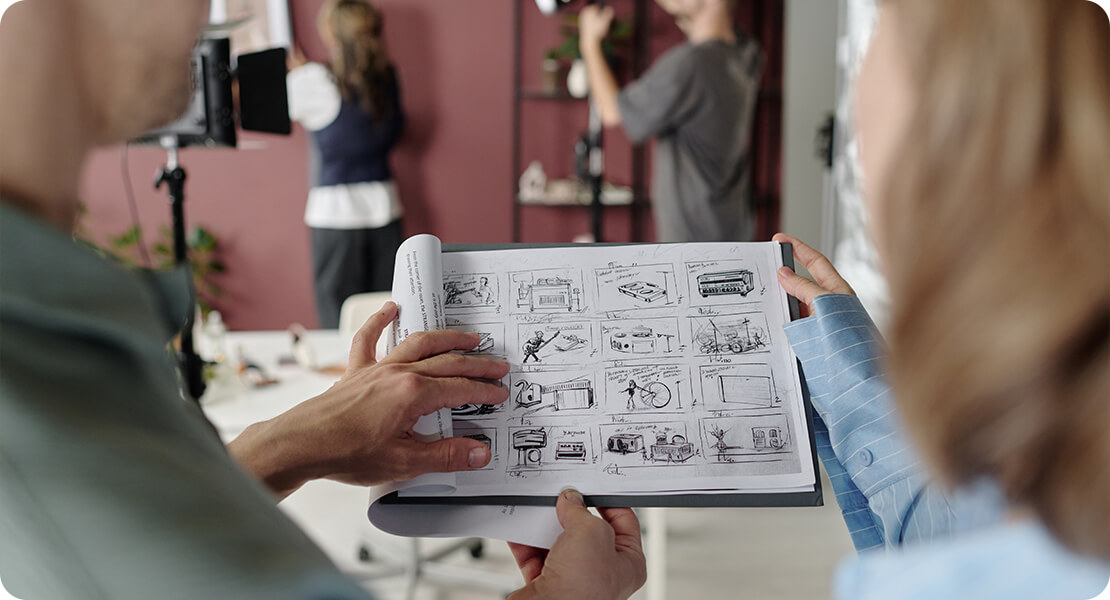
18. How can I make sure my video stands out from the crowd?
Start with a clear, original message. There’s so much content out there, and what cuts through the noise is something that feels specific and genuine. Avoid generic scripts and stock-heavy visuals unless they really fit your message. Focus on storytelling and what makes your brand or idea different.
Second, invest in quality where it counts—good lighting, sound, and editing can make a huge difference. Viewers can forgive a slightly shaky shot, but poor audio or unclear messaging will lose them instantly. A tight script and strong visuals go hand-in-hand to create a memorable viewing experience.
Finally, consider your distribution. A great video that no one sees won’t get results. Think about where your audience hangs out online and how to tailor the content for those platforms. A brilliant YouTube video might need shorter cutdowns for Instagram or LinkedIn to really maximise impact.

19. Is vertical video better than horizontal these days?
It depends on the platform. Vertical video has become the norm on mobile-first apps like Instagram Stories, TikTok, and Snapchat. It takes up more screen space on phones and feels more native to those environments. If you’re creating content specifically for those platforms, vertical is the way to go.
Horizontal (or landscape) still dominates on platforms like YouTube, websites, and presentations. It’s also better for videos that benefit from a wider frame—such as interviews, scenes with multiple people, or anything where background context matters. It offers a more traditional, cinematic feel.
If you’re planning a campaign across multiple channels, consider shooting in a way that allows for flexible cropping. Many producers now frame the shot so it works in both formats, ensuring the content looks good wherever it ends up. Planning for both early on will save a lot of rework later.
20. How do I measure if my video was successful?
Success looks different depending on your goal. If you’re aiming for brand awareness, then views, reach, and engagement are key metrics. For lead generation, you’ll want to track conversions, click-through rates, or time spent on your website after watching. Each goal comes with its own success indicators.
Don’t just focus on vanity metrics though. A video with thousands of views but no action might look good on paper but isn’t delivering results. Try to track what happens after someone watches your video. Are they signing up? Buying something? Sharing it? That’s where the real value lies.
Use analytics tools like YouTube Studio, Google Analytics, or platform-specific dashboards to dig into performance. If you’re running paid campaigns, keep an eye on watch time and cost per view. And remember—sometimes the feedback you get in person, through comments or sales conversations, is just as valuable as the data.
Final Thoughts
Video production doesn’t have to feel overwhelming. With a solid understanding of the process, the right creative team, and a clear idea of your goals, you can create content that truly resonates with your audience. Whether you’re dipping your toe in for the first time or looking to take things up a notch, getting the fundamentals right makes all the difference.
Hopefully, these FAQs have helped demystify some of the common questions and sparked a few ideas for your next project. The world of video is full of possibilities—it’s just a matter of choosing the right approach for your brand and message. If you’re thinking about video production for your business, we’d love to help. You can get in touch with us at Spiel for a free consultation—no pressure, just a friendly chat to see how we can bring your ideas to life.

